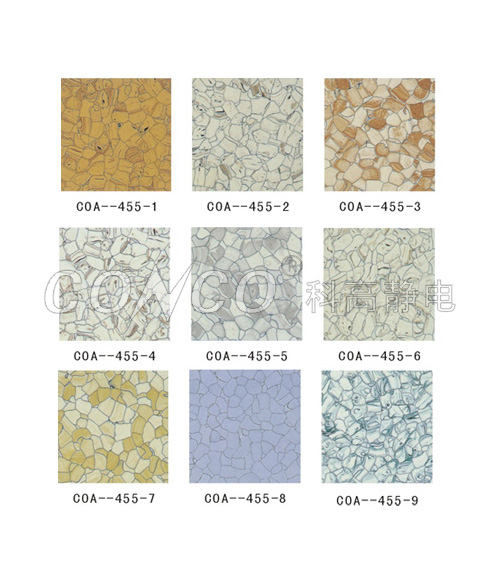

1. Basic principles of electrostatic protection 1. Inhi […]
1. Basic principles of electrostatic protection
1. Inhibit the accumulation of static charge;
2. Eliminate the static charge that has been generated.
2. Basic measures to eliminate static electricity
Measures to eliminate static electricity can generally be attributed to "ground"; second, "device" (static eliminator); third, "agent" (adding antistatic agent); fourth, "shielding".
1. Ground
Grounding is to connect some anti-static products or other equipment to a ground wire. Use the buried wire method to establish an "independent" ground wire. Make the resistance between the ground wire and the ground less than 10Ω, the function is to discharge the charge that may accumulate on the conductor, and the static electricity (such as the human body) accumulated on the conductor is usually conducted by grounding.
Grounding is implemented by the following methods:
① The human body is grounded through the wrist strap.
② The human body is grounded through anti-static shoes (or shoe laces) and anti-static floor.
③ The work surface is grounded.
④ Ground the test instrument, tool holder and soldering iron.
⑤ Anti-static floor, ground mat.
⑥ Anti-static transfer vehicles, boxes and racks should be grounded as much as possible.
⑦ The anti-static chair is grounded.
2. Use static eliminator
Ion blowers and ion air guns are good static eliminators. Their principle is to generate a large number of positive and negative ions on the static eliminator, and then blow these ions through the wind to a place with static electricity, and the static electricity will attract the opposite polarity. The ions are neutralized, and the static electricity accumulated on the surface of the product or equipment can be neutralized and eliminated.
3. Use static eliminator
The surface of the instrument and objects can be cleaned with static eliminator, which can quickly eliminate static electricity on the surface of the object. The antistatic agent uses grease as the raw material and the main component is the quaternary ammonium salt. Its function is to make the surface of chemical fiber, rubber, plastic and other objects absorb moisture in the air and increase the conductivity.
4. Electrostatic shielding
The most common method is to use electrostatic shielding bags and anti-static turnover boxes as protection. Electrostatic sensitive components will be exposed to static electricity during storage or transportation. The electrostatic shielding method can weaken the influence of external static electricity on electronic components.
5. Control the environmental humidity
When the relative humidity of the air is above 65-70%, a very thin water film is often formed on the surface of the object. The water film can dissolve the CO2 in the air, so that the surface resistivity is greatly reduced, and static charge is not easy to accumulate. If the relative humidity of the surrounding air drops to 40-50%, static electricity will not easily dissipate, and a high potential may be formed. The common method to increase the air humidity is to spray water mist into the air. Rotary fan sprayers are generally used. However, the machine is not explosion-proof and must be blown in from outside the wall.
